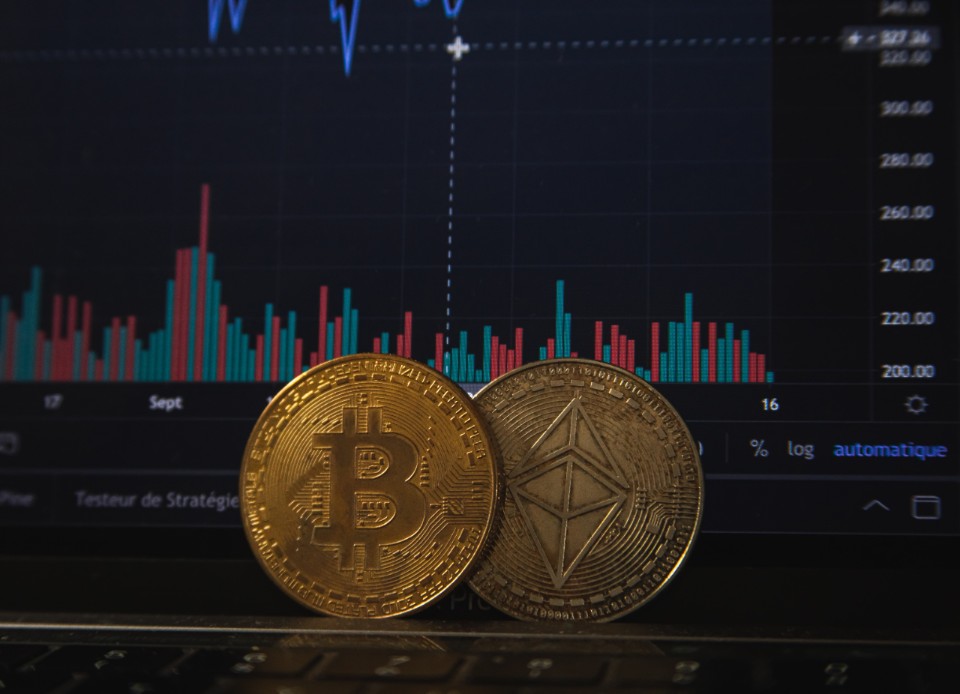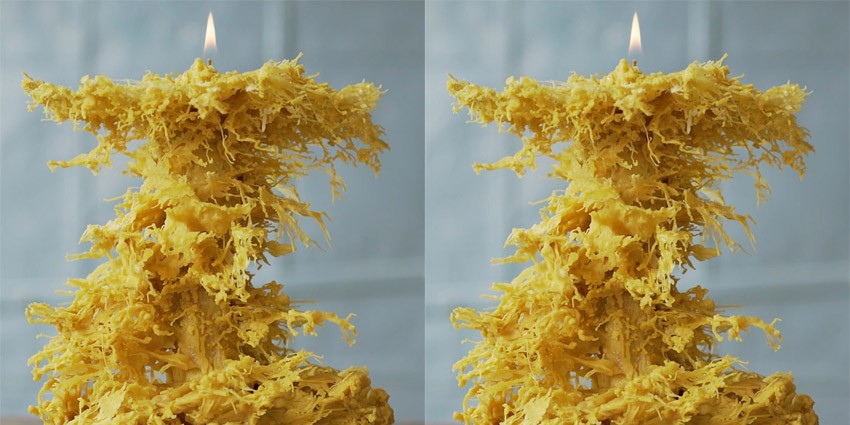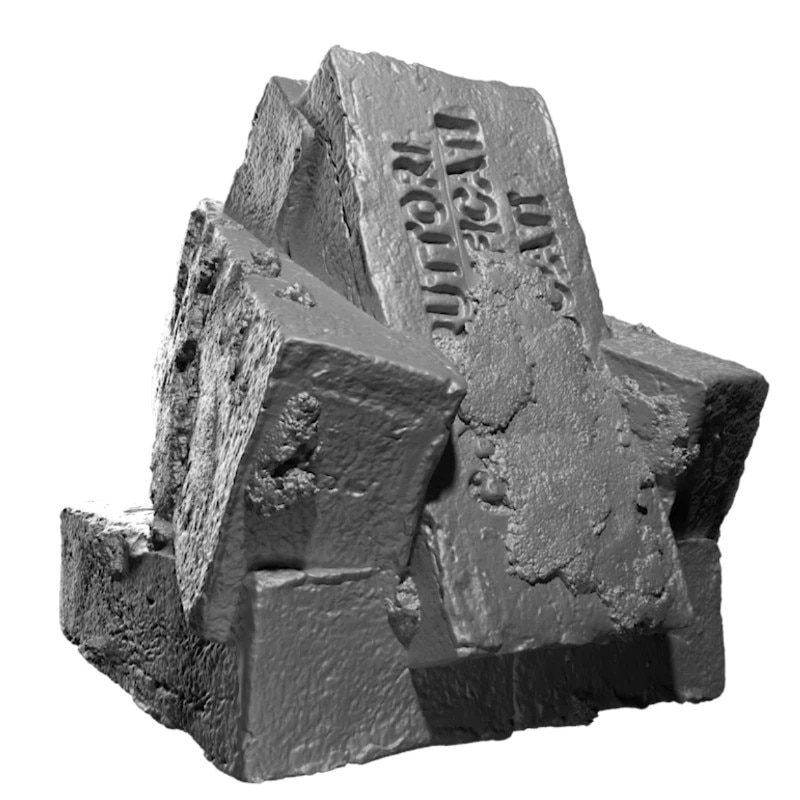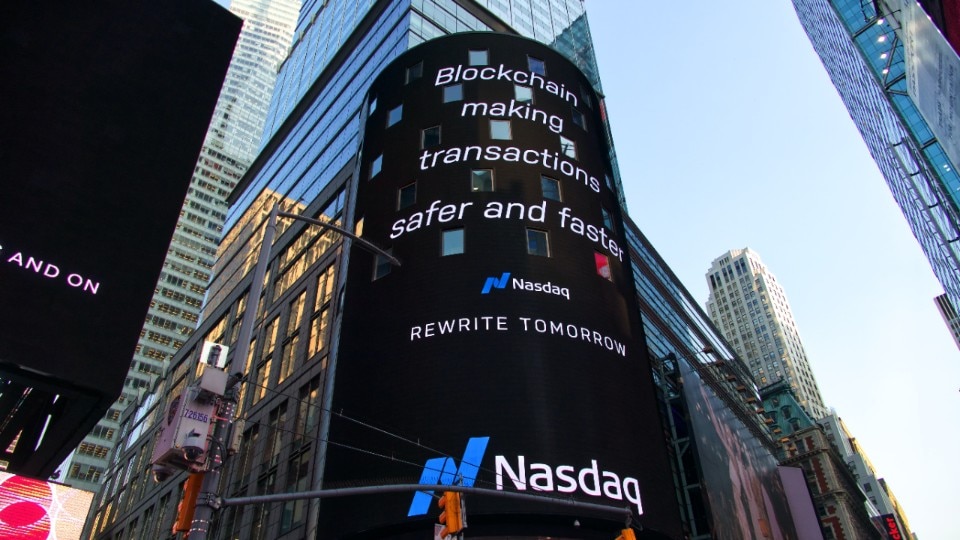Three years ago, the city of Dubai started a transformation process that is leading it to become the world's first city to be "fully blockchain-powered". When fully operational, it will allow the city to save $1.5 billion a year by simplifying all the procedures that regulate a smart city. Platforms communicating with each other, decentralising decisions, tracking the collaboration among various sectors – from urban mobility to financial administration, from healthcare to infrastructure monitoring – and certifying all transfer of information are just some of the advantages that can take blockchain technology out of the financial field and into the real world. To make a long story short, a decade after its invention, blockchain embraces many more areas than just finance or lavish digital art auctions.
Dubai Blockchain Strategy
When, in recent months, we read about digital artworks being authenticated with NFTs and sold for millions of dollars, the idea that a .gif, an authentication, and a few hundred euros converted into cryptocurrency could transform – or even generate – money was met with much enthusiasm. "Can I do it too?" was the question that many people have asked themselves, and, perhaps yes, we can do it too, and we can do it more and more often and more easily – but the blockchain revolution does not seem to involve these phenomena.
"There is definitely some kind of hype related to the huge gains coming from cryptocurrencies," explains Francesco De Collibus, who is an IT solution architect, the author of the book Hacking finance. La rivoluzione del bitcoin e della blockchain', and an expert in the application of blockchain in the corporate world. "But blockchain also represents a major innovation for the industry. Bitcoin was a useful step, because in order to make bitcoins a lot of basic research had to be done, for example solving the problem of double-spending, i.e. how to make sure that the same batch of Bitcoin money has not already been spent elsewhere, and then how to find an agreement on the transaction record. The research on this problem has paved the way for what we are doing today, in very different fields like industry, engineering, architecture, and design."

Blockchain creates value
Blockchain is not only finance, but it definitely creates value. This shared and open digital ledger, on which anyone can write new data and information, but no one can change what has been written on, seems destined to become something systemic and long-term. Of course, this is the moment when we can sense there are some benefits, but they are elusive. It is not clear to anyone which change will turn out to be epochal, which of the many seeds (there are thousands of start-ups working on blockchain technology, in close relation with the world of academic research) will generate the 'great' transformation.
On the other hand, it was difficult to foresee, when the internet met the business world, the rise of social networks or the repercussions that artificial intelligence would have on the economy and our political and social systems. "We wanted flying cars, instead we got 140 characters," said venture capitalist Peter Thiel about the technological development of the last two decades. "The future of these technologies is not linear," explains Francesco De Collibus. "We are witnessing the rise of very complex systems, and it is not clear what phenomenon will occur. It all depends on the sum of a few key factors, the right time, the technology, and the maturity of the market."
We are witnessing the rise of very complex systems, and it is not clear what phenomenon will occur.
The value of design
The way blockchain meets design, for example, seems to be capable of giving value to content, to the idea, and to the production process. "When it comes to the design world, I have seen three approaches" explains Francesco De Collibus. "First of all, how the supply chain, the production process, is certified. The second aspect, on which many luxury manufacturers are working, is the digital twin, i.e. a digital alter ego of the product that is inserted in the blockchain and follows its life cycle. A third aspect is the use of NFTs to certify the uniqueness of pieces, the exclusive belonging to a single owner and the availability of a certain number of them on the market."
There's an ongoing open debate in the designers' Slack groups on whether there can also be a market for things that never happened. Can non-products enter the conversation? Beyond the sale of NFT-certified conceptual projects, of which the dedicated marketplaces are now full (it's not difficult to enter the market, but the profits are minimal), the first concrete thing designers and companies have thought about is bringing out the value of archives. Until now, what has found some space in the market passed through a series of filters before becoming a tangible object, produced and re-produced, and to which the value chain has attributed a price. But even the unproduced object carries with itself moments, information, and, therefore, a value: dates, choices, changes of owners, sketched ideas.
Blockchain can be a useful technology to bring these sequences to the surface, and then the process can also become interesting for an audience. The thought immediately went to the valorisation of digital assets, which represent a major pool for companies and designers.
Not only for collectors
The luxury sector has developed a type of blockchain to fight counterfeiting and work on one of the critical components of the market – trust. In 2019, LVMH and Microsoft launched the AURA project: when a customer buys a product, they also receive the encrypted certificate that contains all the information about the production process.
This means curbing counterfeiting ex-ante (certifying the steps of the project), rather than ex-post (respecting copyright). “Certainly, we should not be under any illusions and put too much emphasis on the technological solution to fight counterfeiting,” comments Francesco De Collibus. “I think a big misconception is that blockchain technology can make fraud impossible. Thanks to this technology, you can be sure of what happens on-chain, along the chain. Transactions are readable, they are signed, they are not modifiable. But what you don’t see is what happens off-chain, outside the system. Surely, we can achieve a higher level of security, but fraud is always possible. To me, a technological solutionism that thinks to solve very complex social and human problems with technology is an illusion.”
I think a big misconception is that blockchain technology can make fraud impossible.
A new frontier for DIY
Certifying a product does not only mean putting it into a closed and protected system. It can also mean that the system, thanks to an NFT, can be opened up. A few months ago, Canadian candle brand Bocci released a DIY kit protected by a Non-Fungible Token, showing how to make the brand's special candles yourself. The production process is not an easy one, as these candles are made of filigree tendrils created by letting molten wax cool around a wick in a centrifugal chamber filled with shards of ice. An NFT, in the case of candles dedicated to collectors and enthusiasts, if used on a large scale can intervene at the moment when the design phase and the production phase, in this case self-production, are separated. What is this if not an attempt to disintermediate the license and patent system?

An easy-to-use blockchain
It is quite clear that, at the moment, blockchain technology is being very much sponsored by technology companies and start-ups for whom it represents the product to sell. However, economic interests aside, its rise seems to be inevitable, as long as some problems are solved – environmental sustainability, which is much talked about, but above all scalability. Like for the web, which has experienced a great expansion when it proved to be truly scalable. According to De Collibus, “The element that makes the difference is always how scalable a technology is. A lot of work is being done in this regard because we have spotted some limitations in the financial sector”. The second aspect, making blockchain user–friendly, might not be a discriminating factor: “We’re talking about an enabling technology that, like the configuration of an internet network, might not concern the public”.
However, some designers are turning the question around: what can designers do for the blockchain? In the financial field, because once again this is the testing ground, Square Crypto is a decentralised designers’ organisation that is striving to simplify every aspect of the bitcoin ecosystem: from wallet management to the abolition of all complex validations to access it, from simplifying mining through dedicated kits to pure logo–design for new cryptocurrencies. In the last three years, the 99Design platform has seen a 450% increase in requests for cryptocurrency-related projects. Designing for the blockchain means making the process more accessible, the ecosystem more sustainable, and simplifying the user experience.

Marc Leschelier brought the installation "Blocks on Blockchain" to the Venice Biennale, attempting to build a vocabulary capable of linking the solidity of matter to intangible formulas and algorithms. “As an architect, I was very attracted by the concept of blockchain, certainly because of how it materialises the virtual,” explains Marc Leschelier. “We were used to perceiving the virtual as something liquid, but for the first time, blockchain introduced the concept of solidity and uniqueness. And it’s interesting that to illustrate these ideas, blockchain has been used, which is typical of the construction vocabulary”.
Perhaps we could imagine, represent and see this blockchain, but the fact that there are still too many people wondering how it works may be a problem for the diffusion of the technology. “I don’t think so,” Leschelier retorts. “Blockchain is just a list of information that can’t be changed, that’s all. It’s an incredible tool to create hierarchical systems like an architecture, but people don’t need to know more about it, they just need to understand how it will change the world, for better or worse.”
Opening image: Photo Pascal Bernardon on Unsplash


